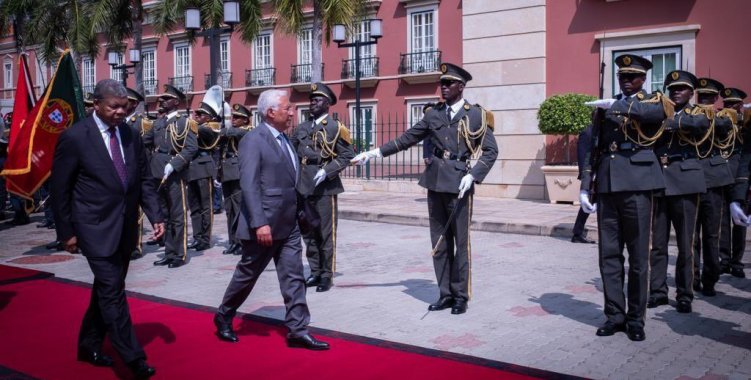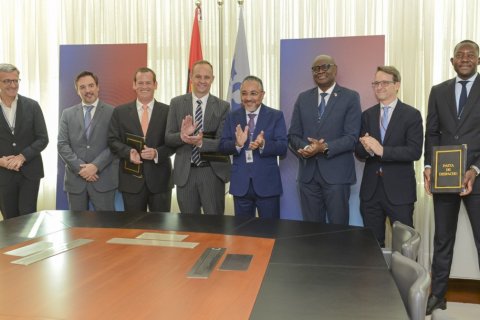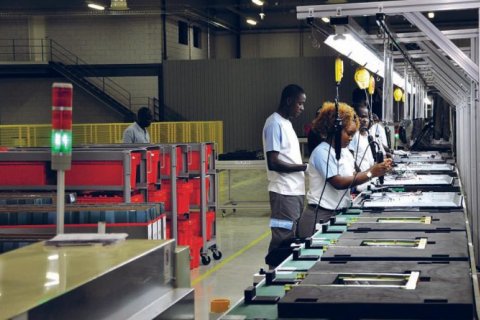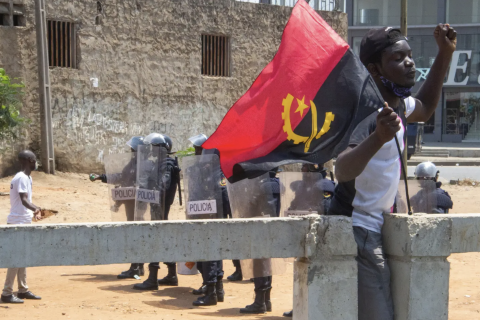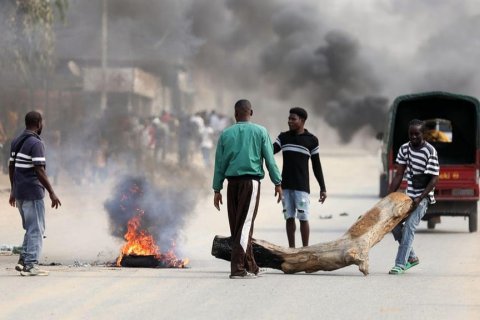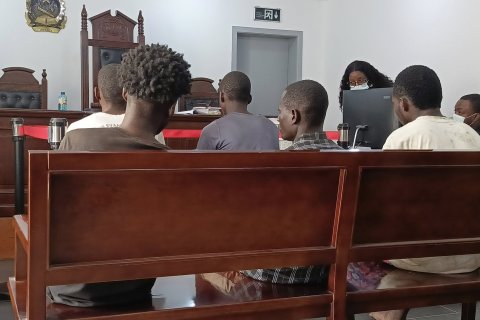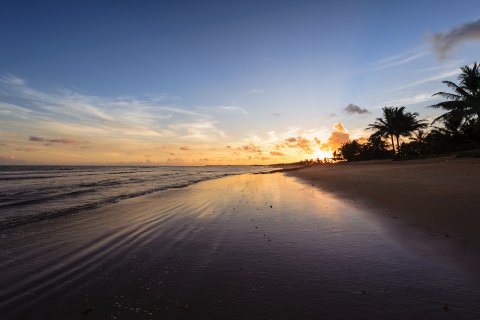In the middle of the afternoon, António Costa sets out to Johannesburg, where, from Wednesday, he will join the President of the Republic, Marcelo Rebelo de Sousa, in the celebrations of Portugal Day, Camões with Portuguese communities residing in South Africa.
At the beginning of the morning, António Costa, accompanied by the president of Caixa Geral de Depósitos (CGD), Paulo Macedo, and the Minister of Finance, Fernando Medina, visits Banco Caixa General Angola, commercially known Caixa Angola and dating back to the then branch Banco Totta & Azores, which was the first private banking institution operating in Angola after independence in 1975.
According to the government, this Angola Caixa was inaugurated on April 30, 1993, making this year 30 years of existence. CGD holds most of the Caixa Angola social capital (51 percent) and the bank is present in Luanda and eight more provinces, being an institution essentially directed to the segment of large and medium enterprises and to the private market.
Next, in the Fortress of São Francisco do Penedo, where the Ministers of Culture and Public Works of Angola, as well as representatives of Mota-Engil, will be present, António Costa will make a brief intervention.
According to the Executive of Lisbon, this is a priority project for the government of Angola and is framed in the bilateral financing line, being the work by Mota-Engil.
During the Estado Novo period in Portugal, he was a home of military imprisonment and the arrest became famous for having housed several Angolan nationalists convicted in the "50 Case", whose attempted release on February 4, 1961 marked the beginning of Fight armed by the liberation of Angola.
According to historical reports, already after independence, the fortress will also have served for the arrest of Angolans accused in the context of May 27, 1977. The building, under the tutelage of the Ministry of Culture, was classified in 1992 as a historical-cultural heritage national. You should then host the Museum of the Liberation Struggle.
For the Portuguese executive, national participation in the rehabilitation of the fortress and in the construction of the museum "is an initiative without parallel, in which the former colonizer delivers to the former colonized such a project, demonstrating the very special character of the bilateral relationship and a certificate of Maturity 50 years after April 25, 1974".
Before leaving for South Africa, the prime minister visits the Portuguese school of Luanda, where he will also speak.
The Portuguese School of Luanda is considered one of the largest assets of Portuguese foreign policy in Angola and a pillar in the formation of citizens of both countries.
With about two thousand students, the school is administered directly by the Portuguese State, being classified as a reference in the Luanda community, with high school success rates.

